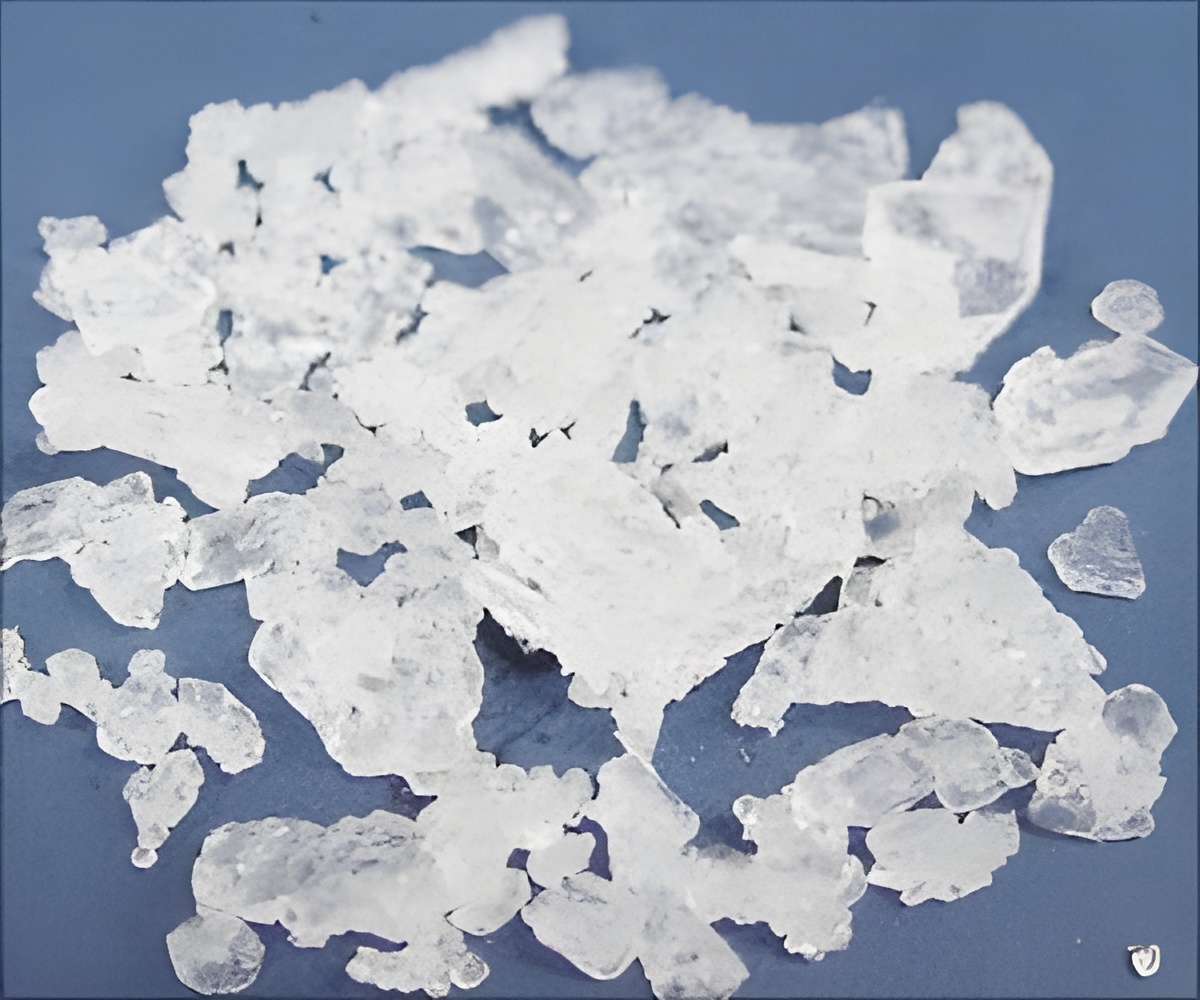The global production of methamphetamine is increasing with seizures in Asia tripling in a span of five years

Methamphetamine, also called "meth" and "ice", is an extremely addictive stimulant that affects the central nervous system.
Chronic use can lead to mood disturbances, violent behaviour, as well as symptoms of psychosis, such as paranoia and hallucinations.
To compile the latest report, the UN Office on Drugs and Crime (UNODC) grouped together methamphetamine, amphetamine and other similar chemicals as "amphetamine-type stimulants" or ATS.
It excluded so-called "ecstasy" drugs, which is usually reported separately in drug surveys.
"Over the years, methamphetamine seizures have been predominantly reported in East and South-East Asia, in countries such as China, Indonesia, the Lao People's Democratic Republic, Malaysia, Myanmar and Thailand," the Office said ahead of the report's launch in Tokyo.
Advertisement
Seizures of ATS-related drugs tripled to at least 36 tonnes per year in the five years to 2012, the report said.
Advertisement
That figure soared to more than 16 tonnes in 2012, accounting for about 45 percent of total methamphetamine seizures for Asia that year, the UNODC said.
Thailand has also seen its highest levels of seizures of methamphetamine pills and the drug in its crystalline state in past five years, said the report, entitled, "Global Synthetic Drugs Assessment: amphetamine-type stimulants and new psychoactive substances."
Growing ATS use was accompanied by expanding regional production, with large bases seen in China, Myanmar and the Philippines, the UN body said.
The drug is often trafficked long distances, the report said, adding the routes being used by drug sellers are becoming increasingly well-trodden. Notably from Mexico, the Middle East, South and West Asia, and West Africa to Japan and other lucrative markets in East and Southeast Asia and Oceania.
The continued spread of methamphetamine across Asia poses a growing challenge to justice systems and health providers in societies with large youthful populations, UNODC said.
Ironically, the things that are starting to boost living standards in Asia -- greater regional integration resulting in improved trade -- are the very things that are accelerating the spread of the drug.
"The impact of synthetic drugs, especially methamphetamine and new psychoactive substances, on the police, court, prison and health care systems of states in the region is tremendous," Jeremy Douglas, UNODC Regional Representative, Southeast Asia and the Pacific, said in a prepared statement.
"This rising threat of synthetic drugs is compounded for Japan and Asia because the production epicentres of amphetamine-type stimulants and new psychoactive substances are nearby," Douglas added.
Source-AFP








